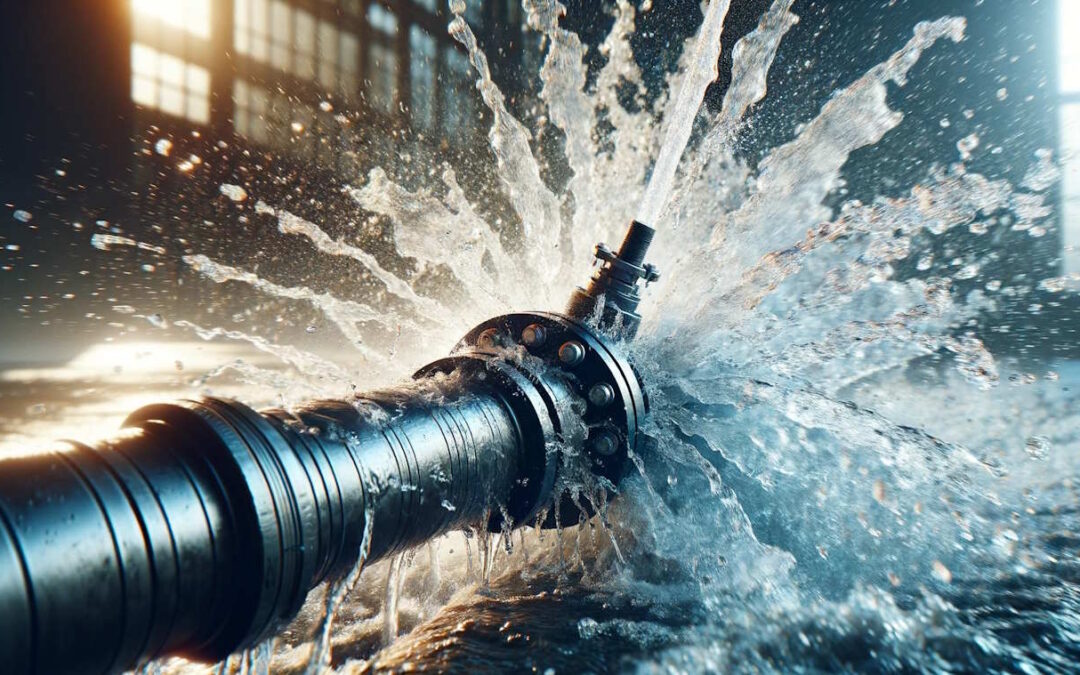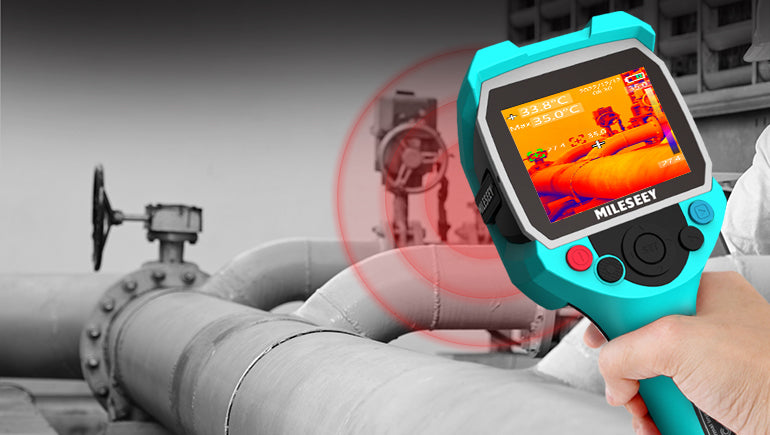Comprehensive Overview to Water Leak Detection for House Owners and Services
Comprehensive Overview to Water Leak Detection for House Owners and Services
Blog Article
Cutting-edge Solutions for Very Early Discovery of Water Leakages in Structures and Facilities
From advanced leakage discovery technologies to the implementation of IoT sensing units for real-time surveillance, the landscape of leak prevention is progressing quickly. Automated water circulation evaluation systems are reshaping exactly how leaks are identified and addressed, leading the way for a proactive technique to water leakage discovery.
Advanced Leak Detection Technologies
Advanced leak detection technologies, geared up with innovative sensors and algorithms, play a vital duty in quickly determining and identifying water leaks in various settings. These modern technologies use a mix of acoustic, thermal, and electro-magnetic noticing techniques to find leakages precisely. Acoustic sensors detect the audio of leaving water, enabling precise localization of the leak resource. Thermal imaging finds temperature changes brought on by water leak, providing an additional efficient technique for leakage recognition. Electromagnetic sensing units can recognize modifications in electromagnetic areas triggered by water, providing yet another layer of leakage detection capacity.

IoT Sensors for Real-Time Monitoring
In the realm of contemporary water leakage discovery, the integration of IoT sensors for real-time tracking stands for a crucial advancement in improving positive leakage discovery abilities. These sensors provide constant tracking of water supply, providing real-time data on water flow rates, pressure variations, and temperature modifications. By leveraging IoT modern technology, these sensing units can detect even the smallest anomalies in water usage patterns, allowing very early recognition of possible leaks prior to they rise right into major issues.
IoT sensors transmit data to a centralized platform, where advanced algorithms evaluate the information and generate notifies or notices when abnormalities are detected. This real-time monitoring capability allows homeowner or center supervisors to without delay resolve leakages, lessening water damages, minimizing repair costs, and conserving water sources.
Moreover, IoT sensing units can be incorporated with structure administration systems, permitting automated responses to detected leakages, such as shutting down water valves or activating pumps to mitigate the influence of leakages. In general, the implementation of IoT sensing units for real-time surveillance significantly enhances the efficiency and performance of water leak discovery in buildings and infrastructure.
Equipment Understanding Algorithms for Leak Forecast

One trick advantage of making use of equipment understanding for leak forecast is its capability to constantly find out and improve its accuracy gradually. As even more information is collected and fed right into the algorithm, it can fine-tune its predictions and adjust to altering conditions, ultimately increasing the dependability of leak discovery systems.
Additionally, artificial intelligence algorithms can help in determining refined indicators of leaks that might go undetected by traditional tracking methods. water leak detection. By evaluating intricate information embed in real-time, these algorithms can provide very early cautions and alerts, permitting prompt other intervention and preventative maintenance to alleviate prospective water damage and linked expenses
Making Use Of Thermal Imaging for Leak Discovery
Thermal imaging modern technology supplies an encouraging strategy for finding water leaks in numerous systems and facilities. By using infrared radiation and temperature level differences, thermal imaging electronic cameras can determine surprise leaks that are not quickly visible to the naked eye. When water leaves from pipes or frameworks, it often alters the temperature of the bordering location, producing temperature level differentials that thermal cams can catch. These temperature level abnormalities are after that translated right into noticeable images, highlighting the specific area of the leak.
Among the vital benefits of thermal imaging for leakage discovery is its non-intrusive nature. Unlike traditional methods that might require burglarizing wall surfaces or floors to situate leakages, thermal imaging enables non-destructive screening. This not just conserves time and decreases prices however also minimizes disturbance to the structure or infrastructure being evaluated. Furthermore, thermal imaging can quickly check large areas, providing a detailed summary of prospective leak sources in a timely fashion. In general, using thermal imaging modern technology enhances the efficiency and accuracy of water leakage detection, making it a beneficial device for maintaining the integrity of buildings and infrastructures.
Automated Water Circulation Analysis Equipments
Just how can automatic water flow evaluation systems transform the discovery and management of leaks in numerous systems and facilities? Automated water circulation evaluation systems use a proactive strategy to leak discovery by continuously monitoring water circulation prices and patterns. By establishing standard information, these systems can rapidly determine variances that may suggest a leakage, enabling punctual intervention to protect against substantial damage.
These systems make use of innovative formulas to assess real-time information and offer immediate signals when abnormalities are detected, permitting quick activity to be taken. Furthermore, computerized water circulation evaluation systems can be incorporated with structure management systems or IoT systems, improving total performance and enabling remote monitoring capabilities.
Furthermore, the information accumulated by these systems can be utilized for predictive upkeep objectives, helping to identify possible powerlessness in the facilities prior to leaks try this website happen. Overall, the application of automated water circulation analysis systems can significantly enhance leakage discovery and see here now management techniques, eventually resulting in cost savings, reduced water wastefulness, and increased sustainability in structures and infrastructure.

Conclusion
In verdict, the integration of sophisticated leak discovery technologies, IoT sensors, artificial intelligence formulas, thermal imaging, and automated water flow evaluation systems uses cutting-edge options for early detection of water leakages in structures and framework. These technologies make it possible for real-time tracking, forecast of leaks, and efficient discovery methods to avoid water damage and wastefulness. Executing these options can assist in maintaining the stability and sustainability of water systems in different settings.
Report this page